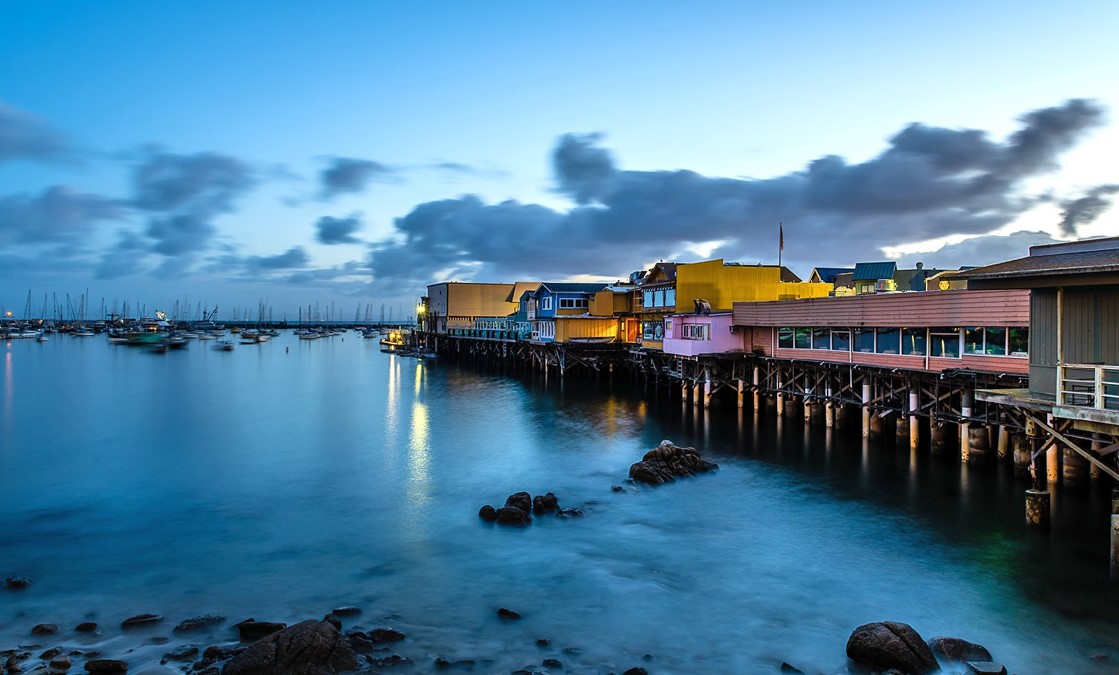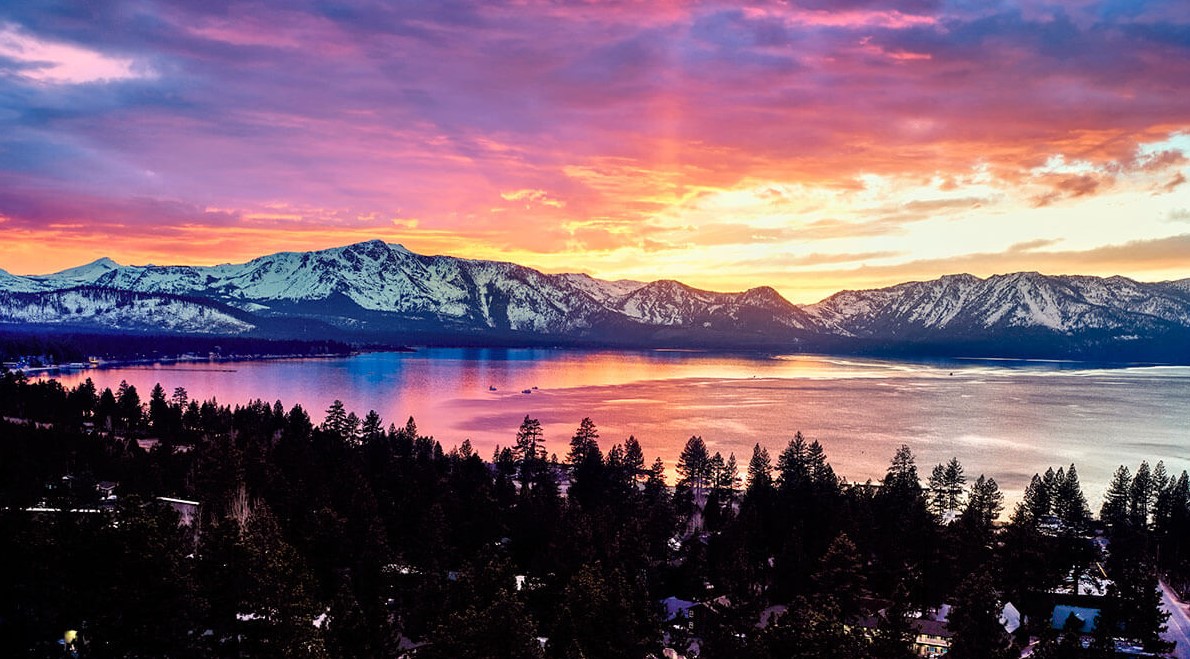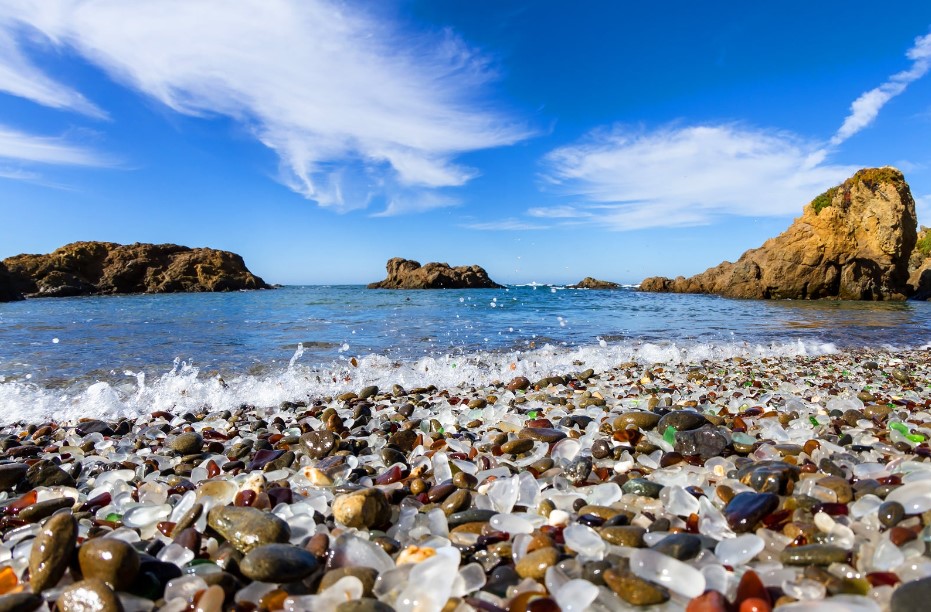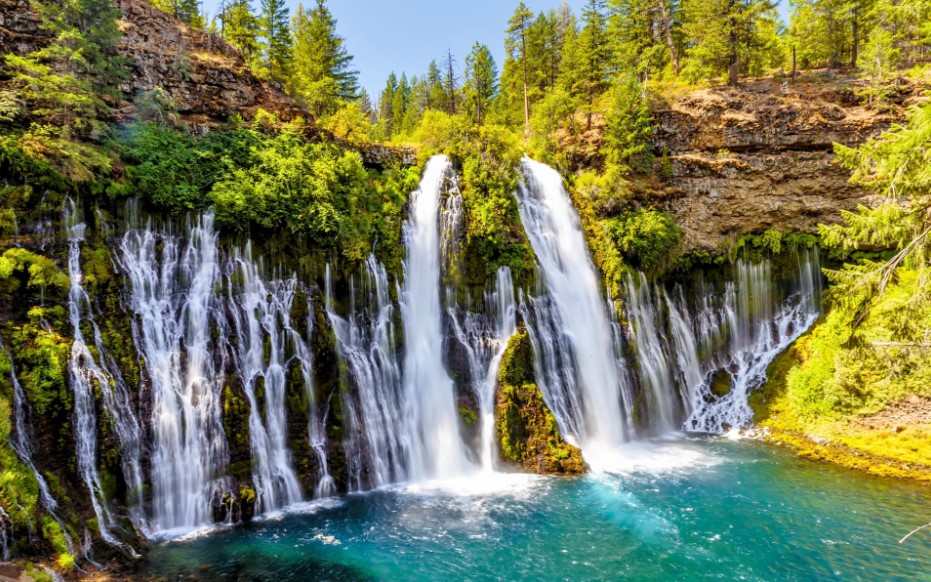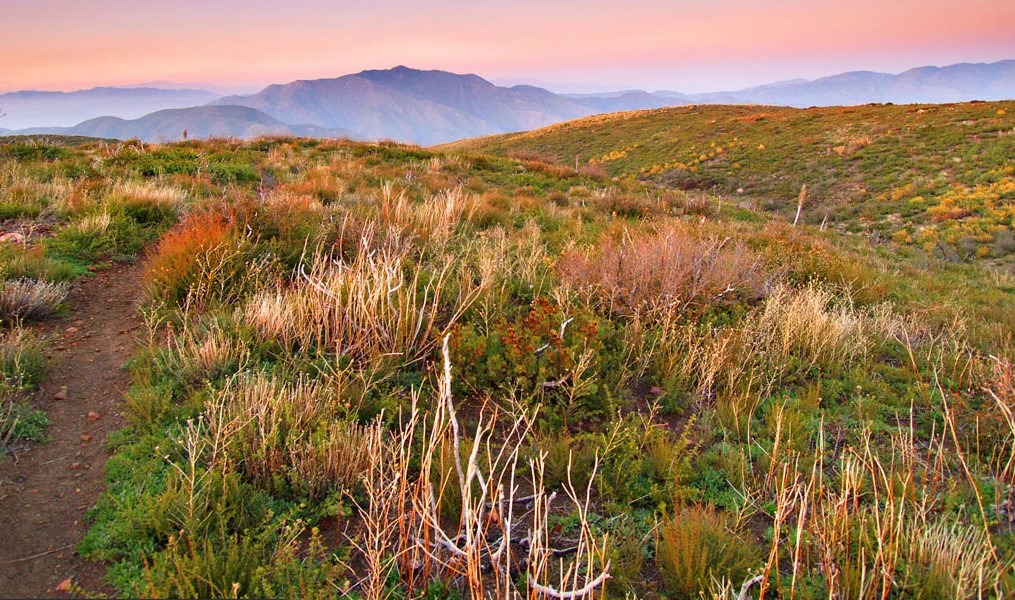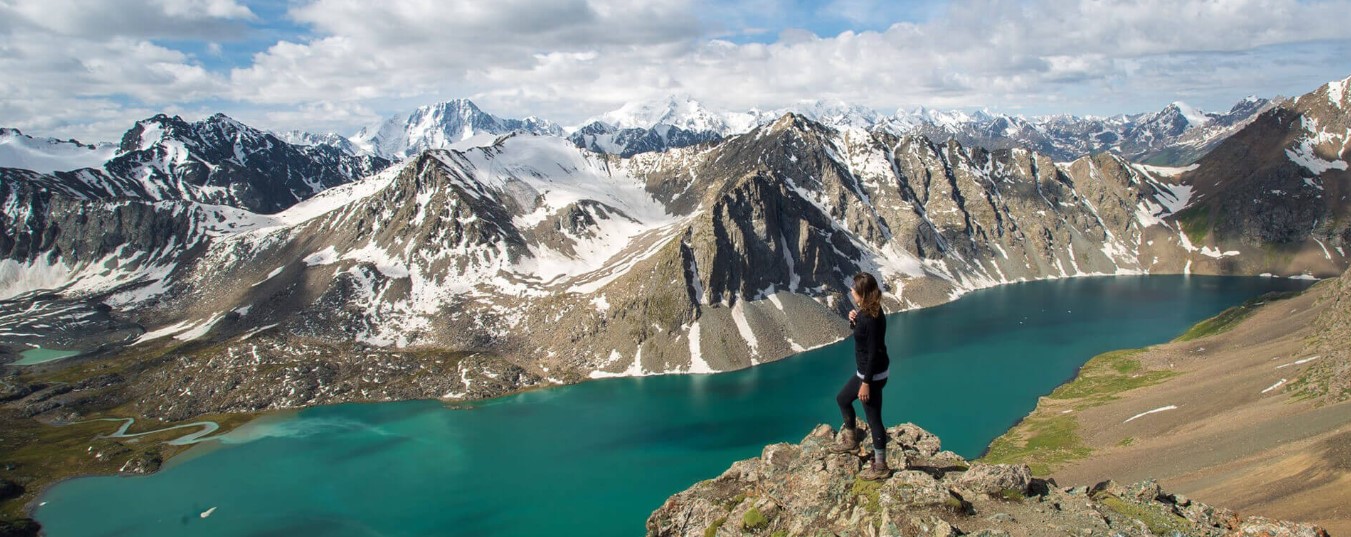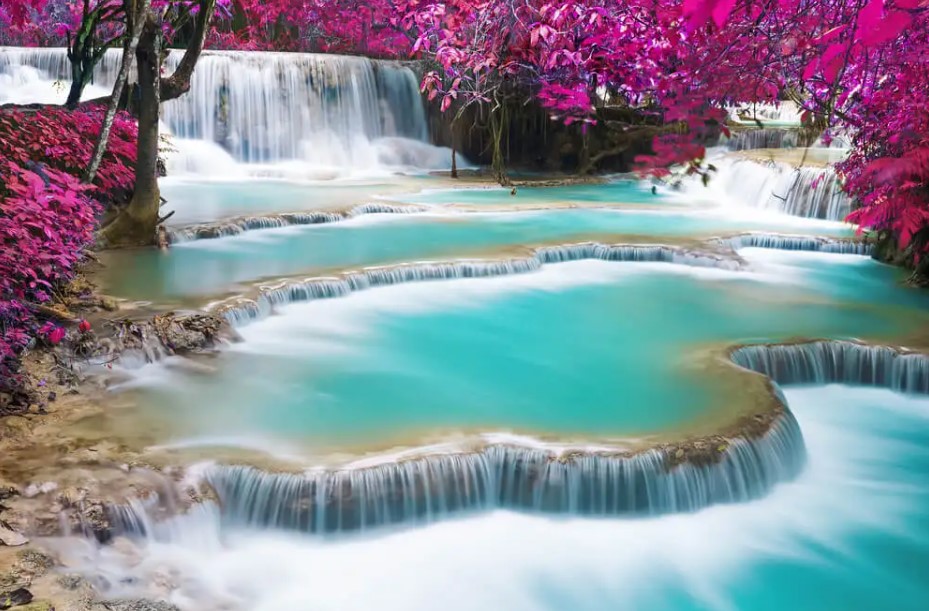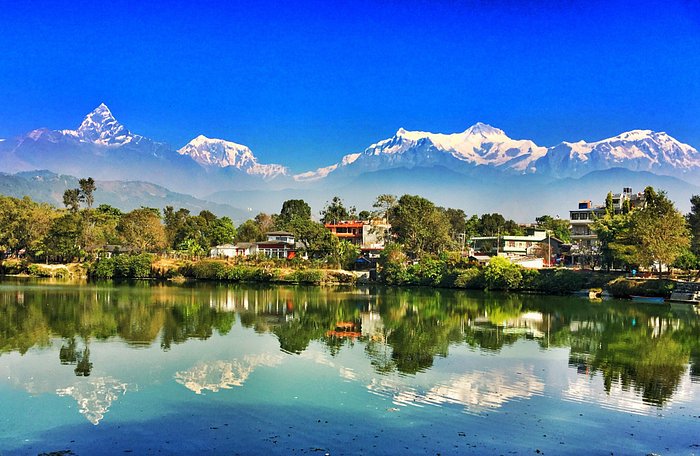The Allure of Adventure Tourism
Adventure tourism has gained significant popularity in recent years as more and more travelers seek unique and thrilling experiences.
This form of tourism allows individuals to step out of their comfort zones and immerse themselves in exhilarating activities while exploring breathtaking natural landscapes.
From scaling towering mountains to diving into the depths of the ocean, adventure tourism offers a diverse range of adrenaline-pumping opportunities for the daring at heart.
Adventure tourism breaks away from the traditional notion of sightseeing and relaxation. It caters to those seeking a more thrilling and immersive travel experience.
This article explores the allure of adventure tourism, highlighting its rise, popular destinations, types of activities, safety measures, environmental impact, benefits, challenges, and future prospects.
What is Adventure Tourism?
Adventure tourism involves engaging in physically challenging activities that are often set in natural environments. It goes beyond traditional tourism by offering experiences that test one's limits and provide a sense of achievement.
Adventure tourists actively participate in activities like trekking, rock climbing, whitewater rafting, skydiving, and wildlife safaris.
The Rise of Adventure Tourism
In recent years, adventure tourism has experienced a remarkable surge in popularity. Modern travelers are increasingly seeking unique and memorable experiences that go beyond conventional sightseeing.
The desire to break away from routine and discover the untamed has fueled the growth of adventure tourism. Social media and online platforms have also played a significant role in promoting and sharing these experiences, inspiring others to embark on their own adventure journeys.
Popular Adventure Destinations
Adventure tourism offers a multitude of destinations that cater to different preferences and interests. Here are some of the most popular adventure destinations around the world:
- Nepal: Known for its majestic Himalayan mountains, Nepal attracts mountaineers, trekkers, and climbers from across the globe.
- New Zealand: With its diverse landscapes, New Zealand offers activities such as bungee jumping, skydiving, hiking, and water sports.
- Costa Rica: Famous for its lush rainforests and biodiversity, Costa Rica provides opportunities for jungle trekking, ziplining, and surfing.
- South Africa: From thrilling wildlife safaris to cage diving with sharks, South Africa combines adventure with stunning natural beauty.
- Iceland: With its volcanoes, glaciers, and geothermal hot springs, Iceland entices adventure enthusiasts with activities like glacier hiking and ice cave exploration.
Types of Adventure Tourism Activities
Adventure tourism encompasses a wide range of activities that cater to various interests and skill levels. Some popular types of adventure tourism activities include:
Hiking and Trekking
Hiking and trekking involve exploring natural trails and mountainous regions on foot. It allows adventurers to witness breathtaking landscapes and experience the joy of conquering challenging terrains.
Water-based Adventures
Water-based adventures include activities like whitewater rafting, kayaking, scuba diving, snorkeling, and surfing. These activities offer a unique perspective of the marine world and the thrill of riding the waves.
Climbing and Mountaineering
Climbing and mountaineering attract those seeking to conquer peaks and push their physical and mental limits. Scaling mountains requires endurance, technical skills, and careful planning.
Wildlife and Safari Tours
Wildlife and safari tours take adventurers into the heart of nature, where they can witness diverse wildlife in their natural habitats. Safaris offer the chance to see magnificent creatures like lions, elephants, and giraffes up close.
Extreme Sports
Extreme sports encompass activities like skydiving, paragliding, bungee jumping, and base jumping. These adrenaline-fueled experiences provide a rush of excitement and a unique perspective from high above.
Safety Measures in Adventure Tourism
While adventure tourism offers thrilling experiences, it is essential to prioritize safety. Here are some key safety measures to consider:
- Proper Training: Before participating in any adventure activity, ensure you receive proper training and guidance from qualified instructors.
- Equipment Check: Regularly inspect and use high-quality gear and equipment that meets safety standards.
- Expert Guidance: Engage the services of experienced guides who are knowledgeable about the activity and the local environment.
- Weather Monitoring: Stay updated on weather conditions and avoid engaging in activities during extreme weather events.
- Health and Fitness: Maintain good physical health and fitness levels to ensure you can handle the physical demands of adventure activities.
- Follow Regulations: Adhere to all rules, regulations, and guidelines set by authorities and activity organizers.
Environmental Impact and Sustainability
Adventure tourism has the potential to impact natural environments, and it is crucial to promote sustainable practices to mitigate any negative effects. Some measures include:
- Leave No Trace: Respect the environment by not leaving any waste or litter behind. Practice responsible tourism by leaving the natural surroundings as you found them.
- Support Local Communities: Choose adventure tourism operators that prioritize local communities and contribute to their economic well-being.
- Conservation Efforts: Participate in activities that support wildlife conservation and the preservation of natural habitats.
- Environmental Education: Promote awareness among adventure tourists about the importance of environmental conservation and sustainable practices.
Benefits of Adventure Tourism
Adventure tourism offers a multitude of benefits to individuals, communities, and the environment. Some of the notable benefits include:
- Personal Growth: Adventure activities challenge individuals to step out of their comfort zones, fostering personal development, self-confidence, and resilience.
- Cultural Exchange: Adventure tourism often involves interaction with local communities, providing opportunities for cultural exchange and understanding.
- Economic Boost: Adventure tourism can bring economic prosperity to local communities, creating job opportunities and supporting small businesses.
- Environmental Awareness: Through firsthand experiences in nature, adventure tourists develop a deeper appreciation for the environment, encouraging environmental consciousness.
Challenges in Adventure Tourism
Adventure tourism also faces certain challenges that need to be addressed for its sustainable growth. These challenges include:
- Safety Concerns: The nature of adventure activities poses inherent risks, requiring strict adherence to safety protocols and measures.
- Environmental Degradation: Improper practices and overcrowding can lead to environmental degradation and habitat destruction.
- Accessibility and Affordability: Adventure tourism may be inaccessible or unaffordable for some individuals, limiting its inclusivity.
- Cultural Impact: The influx of tourists can have both positive and negative impacts on local cultures, necessitating responsible tourism practices.
Tips for Planning an Adventure Trip
Planning an adventure trip requires careful consideration and preparation. Here are some tips to help you plan a memorable and safe adventure:
- Research: Thoroughly research your chosen destination, activities, and local regulations before embarking on your trip.
- Physical Fitness: Assess your physical fitness and ensure you are adequately prepared for the physical demands of the activities you plan to undertake.
- Travel Insurance: Purchase comprehensive travel insurance that covers adventure activities and provides medical and emergency assistance.
- Packing Essentials: Pack appropriate clothing, footwear, and equipment necessary for the specific adventure activities you will be participating in.
- Local Guidance: Seek advice from local experts or tour operators who have in-depth knowledge of the destination and can provide valuable insights.
The Future of Adventure Tourism
As the desire for unique and immersive travel experiences continues to grow, the future of adventure tourism looks promising.
Technological advancements, such as virtual reality and augmented reality, may further enhance the adventure tourism experience by offering realistic simulations and interactive storytelling.
However, it is crucial to balance the growth of adventure tourism with sustainable practices to ensure the preservation of natural environments and the well-being of local communities.
Note: Adventure tourism captivates the hearts of intrepid travelers who seek excitement, personal growth, and a deep connection with nature. From the rugged mountains to the vast oceans, adventure tourism offers thrilling experiences and remarkable encounters.
As we embrace the allure of adventure, let us also remember the importance of responsible and sustainable practices to preserve the untamed beauty of our planet for future generations.
FAQs
Q: Is adventure tourism suitable for all age groups?
A: Adventure tourism offers activities for various age groups, but it is important to choose activities that match individual fitness levels and capabilities.
Q: Are adventure activities safe?Q: Can I participate in adventure tourism if I have no prior experience?
Q: How can I find reputable adventure tourism operators?
Q: What are some eco-friendly adventure tourism activities? A: Eco-friendly adventure activities include nature hikes, wildlife conservation programs, and sustainable diving or snorkeling tours.













